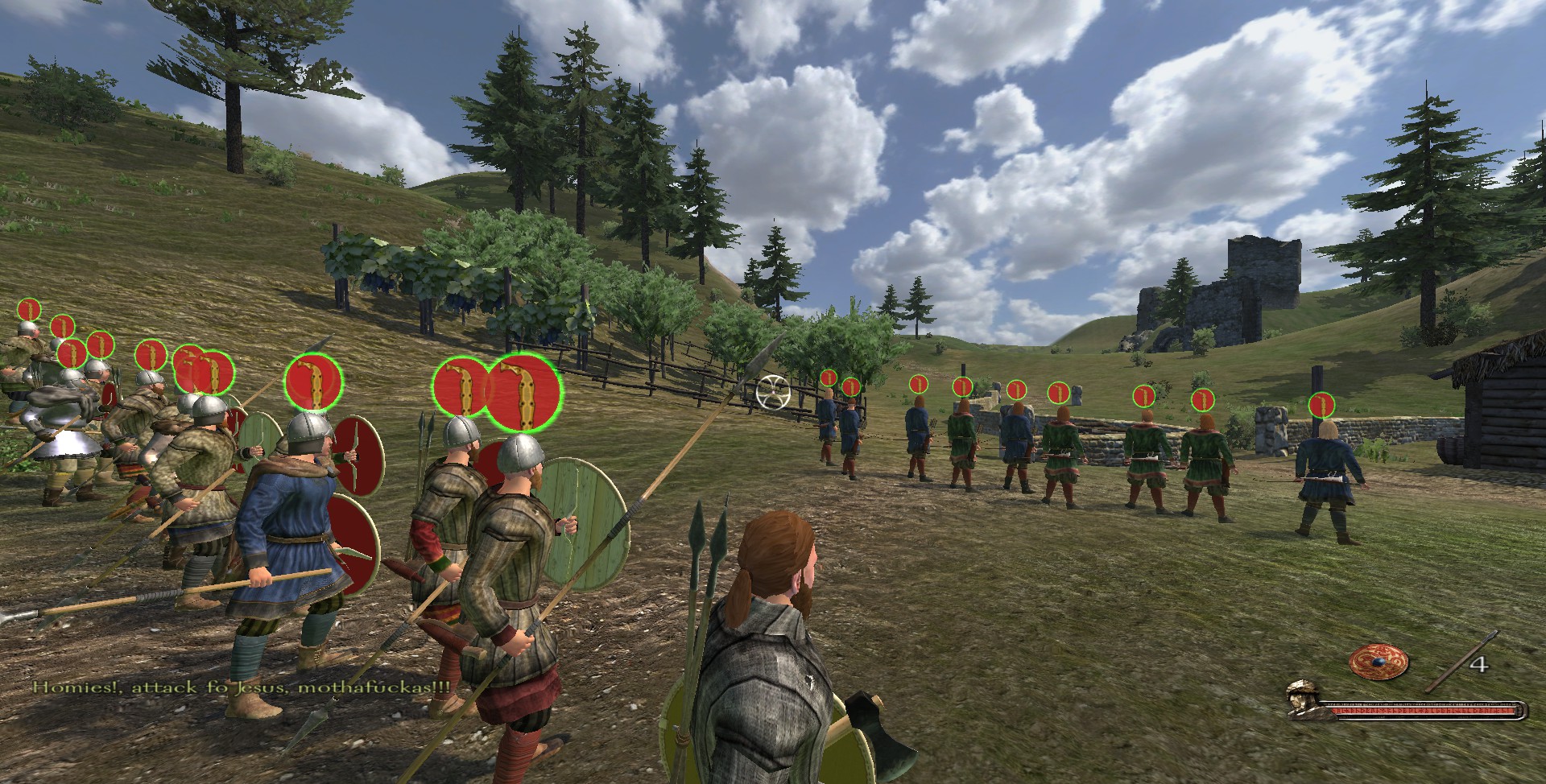

Historical evidence for longphort Longphort in Irish annals of 9th C: Linn Duachaill (841), Dublin (842, 902), longphort Rothalaibh (862), longphoirtGall etir Cenél nÉogain 7 Dál nAraide (866), Youghal (866), longphort Tomrair iarla (866) Limerick ? – Longphort type location of King’s Island (Inis Sibtonn) The placename Athlunkard includes the element longphort which originated as a term describing a defensible location for ships and which then evolved into a word used in Irish to describe fortifications. not a member of Brian Boru’s immediate family.)

NB! Tressach son of Mescill is identified as a member of the Dál Cais in the 12th C genealogies but not a member of the ruling line of Uí Thairdelbaig (i.e. It has been argued, most recently by Etchingham, that entries within that text are likely to represent at some remove, contemporary annal entries which have not survived independently in the annalistic texts. Cogadh Gaedhel re Gallaibh was written to promote the Dál Cais and Brian Boru in the era of Brian’s great grandson, Muirchertach. A fleet came to Ciarraighe Luachra, and all was plundered by them to Cill Ita (Killeedy) and Cuil Emhni and the Martini' of Mumhain were plundered by the fleet of Luimnech, who carried off Farannan, comharba of Ard Macha,'' from Cluain Comairdi to Luimneach, and they broke Patrick's shrine. It was by these that Brí Gobhann was plundered, and Tressach, son of Mescill killed. After this there came great sea-cast floods of foreigners into Ireland,- so that there was not a point thereof without a fleet/expedition (loinges). Information on early Viking activities in Limerick area drawn from Cogadh e.g. It seems likely that they represent the activities of one particular fleet or raiding party.

Terryglass is at north end of Lough Derg so that all three of these entries are linked by the Shannon. under Tuirgéis on Loch Rí, and they plundered Connacht and Mide, and burned Cluain Moccu Nóis with its oratories, and Cluain Ferta Brénainn, and Tír dá Glas and Lothra and other monasteries. There was an encampment of the foreigners i.e.Dún Masc was plundered by the heathens, and there were killed there Aed son of Dub dá Crích, abbot of Tír dá Glas (Terryglass), and Cluain Eidnig, Ceithernach son of Cú Dínaisc, prior of Cell Dara, and many others.837: Inis Celtra was plundered by the heathens AU 845 “Forannán, abbot of Ard Macha, was taken prisoner by the heathens in Cluain Comarda with his halidoms and following, and was brought to the ships of Luimnech”.

#Viking conquest longphort series
Seán Duffy FTCD is chairman of the Friends of Medieval Dublin and senior lecturer in medieval history at Trinity College Dublin.Brian Boru Lecture Series Viking Limerick The wealth, the shipping and possibly the connections that helped bring Brian Boru to national power Dr. Also included is Andrew McDonald’s assessment of the effects on Dublin–Manx relations of the English conquest of Ireland in the late 12th century. Alan Fletcher presents an overview of the annals and chronicles surviving from the later-medieval city, Raymond Gillespie, by shedding light on the ‘City Chronicle’, considers the way Dubliners viewed themselves in the 15th and 16th centuries, and Bernadette Cunningham explores the portrayal of later-medieval Dublin in the annals from Gaelic Ireland. Linzi Simpson suggests that the graveyard known as Bully’s Acre may have been part of the early medieval monastery of Kilmainham, Nessa Walsh examines the pre-Romanesque churches of Dublin, while Michael Gibbons offers a reassessment of the relationship between the 9th-century Viking longphort and the origins of urbanization in Ireland. This 8th volume of proceedings of the annual Friends of Medieval Dublin Symposium contains reports on recent archaeological excavations: Edmund O’Donovan’s excavation at Golden Lane produced early Viking burials, while Claire Walsh found traces of an early pre-Viking roadway nearby at Chancery Lane, and Roseanne Meenan reports on investigations in Stephen Street Lower.


 0 kommentar(er)
0 kommentar(er)
